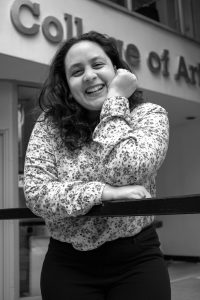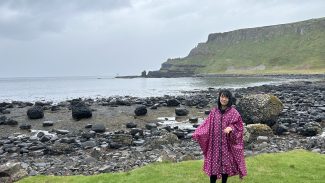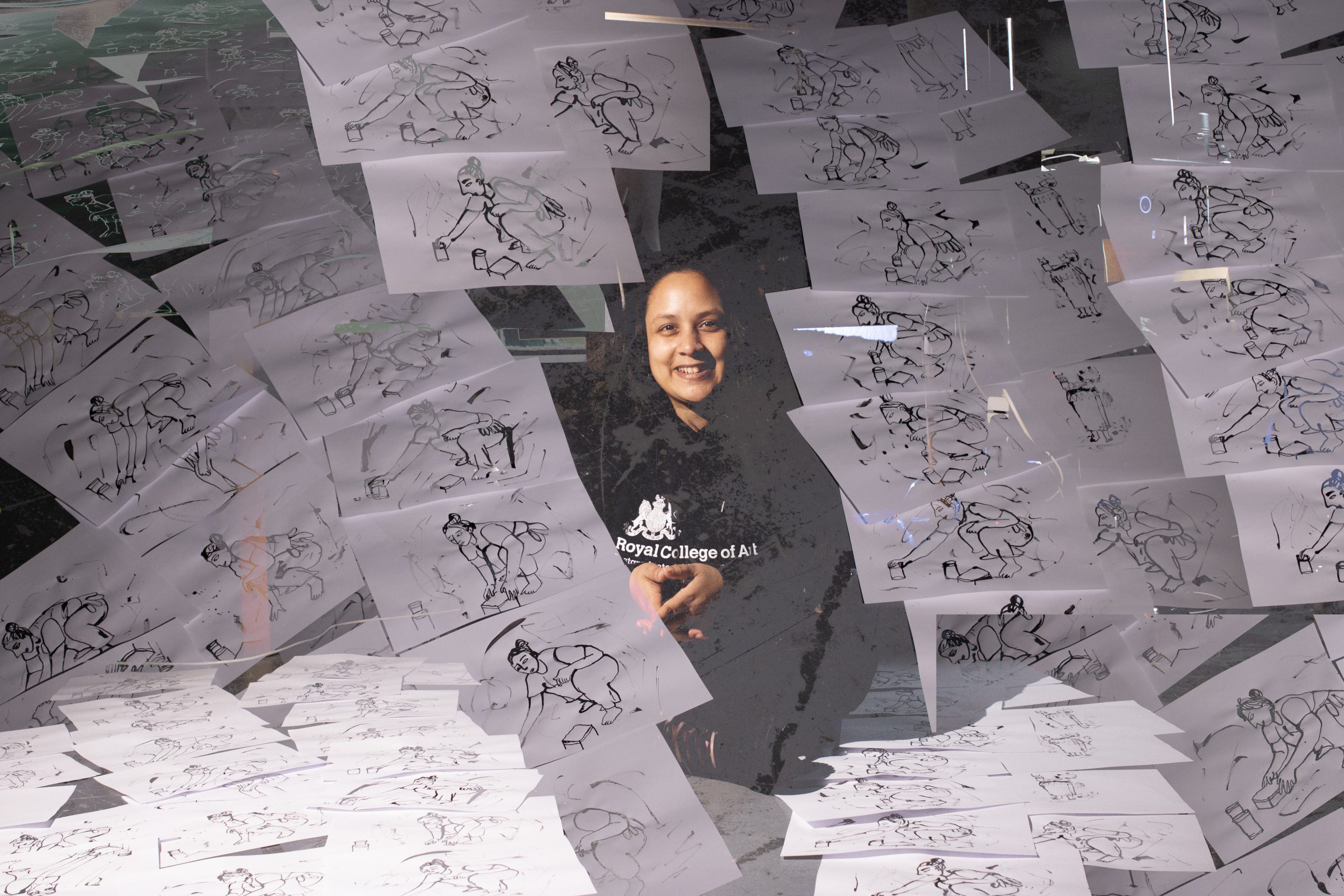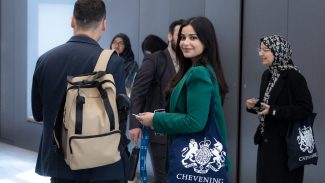 As a Chevening Scholar, I have had a once in a lifetime opportunity to study a masters in animation at the world’s leading art and design university, the Royal College of Art in London.
As a Chevening Scholar, I have had a once in a lifetime opportunity to study a masters in animation at the world’s leading art and design university, the Royal College of Art in London.
Looking back at my course so far, I have learnt so much and drawn inspiration from both my tutors and my incredibly talented classmates.
Some of my favourite tutorials focused on understanding my creative practice and developing a manifesto or code by which I work – this made me question the intention behind my work. It forced me to evaluate why I do what I do and who will benefit, both directly and indirectly, from the way I envision and execute my ideas.
Over the past few months, I’ve also learnt more about how I study and what I can do to make the most of my Chevening year. Here are some of the ‘study best practices’ that have worked for me:
1. Be patient and kind with yourself
While it has been a dream come true to be in an art school, I have realised that I need to work with a lot of self-compassion and make sure I keep my inner critic in check.
When you’re far away from home in a new environment, the challenges of a master’s programme can feel more intense. While I think the challenges I’ve faced have brought out the best in me, they have also forced me to reevaluate my boundaries and take note of when to push forward and when to step back and rest.
2. Take advantage of resources and opportunities
When I first started my studies, I was mind blown by the seemingly infinite resources in my college. At the Royal College of Art, we have access to all sorts of studios and are always encouraged to attend workshops from different disciplines. While at first this felt overwhelming, like I would never be able to fully absorb everything on offer, I decided early on that the most important thing is to learn how to learn and the rest will fall into place.
3. Cultivate creativity
For me, creativity is an essential ingredient in all aspects of problem solving and decision making, no matter what your discipline may be. A formula that has worked for me so far is if you have an idea, or a passion for something, go out and make it happen – don’t wait for the ‘right’ moment or for someone to tell you it’s time. By adopting this approach, I have taught myself new skills like photography and video and sound editing – things I thought were beyond my technical capabilities. In turn, these new skills have helped me grow as both an artist and animator.
4. Collaborate
Collaborating with new people from both within and outside my course has helped me to produce more rich and meaningful work than I ever thought possible.
In my first term, I collaborated with two classmates to make a short stop-motion animation, through which I learned several new skills. And more recently I had the incredible opportunity to collaborate with a composer from the Royal Academy of Music on a performance that included animation, live electroacoustics, and opera!
These are some of the best practices that have helped me make the most of my Chevening journey in the UK. Wherever your journey takes you, I hope they will help you too!



 As a Chevening Scholar, I have had a once in a lifetime opportunity to study a masters in animation at the world’s leading art and design university, the Royal College of Art in London.
As a Chevening Scholar, I have had a once in a lifetime opportunity to study a masters in animation at the world’s leading art and design university, the Royal College of Art in London.
